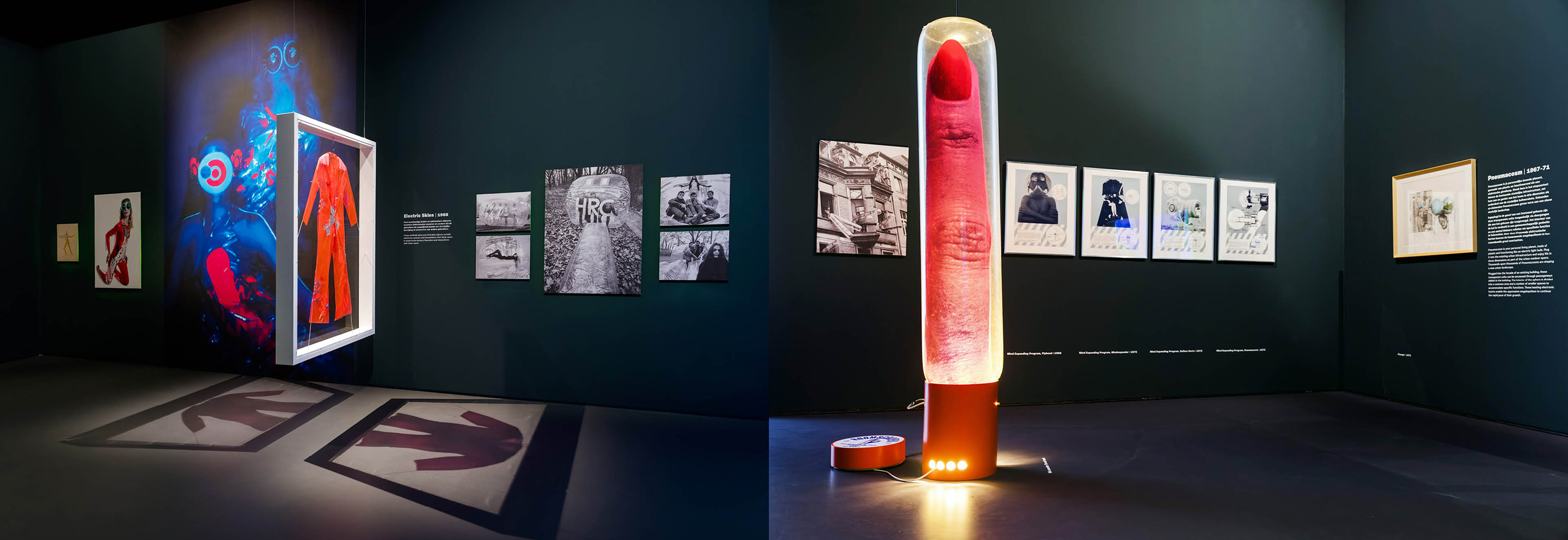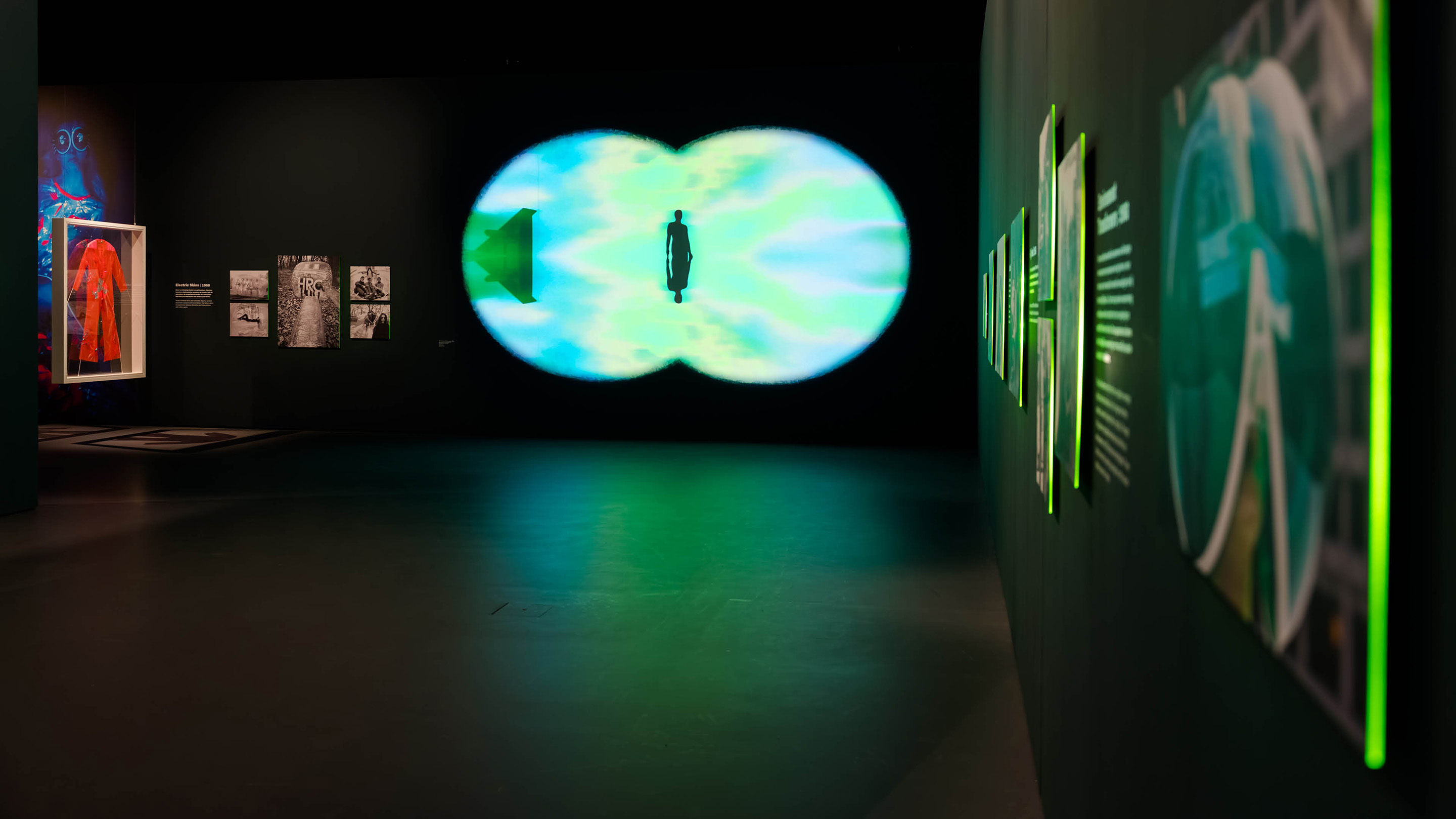Haus-Rucker-Co | 1967-1972
In 1969 we wrote: ‘Future is fearsome for a lot of contemporaries. Saturated with horrible robots, mysterious rays and manmade catastrophes.
Future as we, Haus-Rucker-Co feel about, is light and yellow, like vanilla ice cream. Refreshing, good tasting and soft…..’
Vanilla Future... a label for our activities at the end of the 1960. We did not want to expand consciousness by using drugs, but by developing new, unprecedented spaces, objects and facilities.
Connected with the intention to promote relations between individuals and their correlation to society.
Mindexpander, Giant Billiard, Pneumacosm, Balloon for 2, Yellow Heart and Environment Transformers are part of this programme, designed as counterpoints in everyday life.
With their exotic performance they exude an atmosphere of upraise, change and the possibility to structure leisure time.







